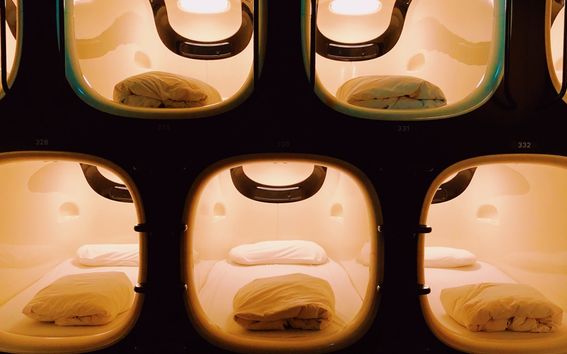What if... good user experiences don't just happen by accident?

Just think; every second of the day you are taking in information through your senses and digesting it to thoughts, emotions, memories or adjustments to your view of the world. You experience the world all the time. Many of our experiences are mediated via products, services, events, or environmental innovations. We know that our design decisions influence people’s experiences, and we can shape experiences with design. But what does this mean for business?
A customer journey typically crosses multiple functions of a company, and it’s quite difficult to manage the different interdependencies involved in that journey. Bringing experience design to the strategic core of your business allows you to shift your focus to the user’s perspective. Is there perhaps a gap between what the users expect and what they are actually getting from you? Is there potential to create more engagement and value along the customer journey? Experience design will identify these issues and help you to fix and develop them. It’s all about acting upon evidence, not feeling.
At Aalto University’s multidisciplinary Experience Platform, we’re linking design with cognitive neuroscience, user experience and business — and seeing great results.
We’ve studied cruise ships, for example, which are places specifically designed for creating experiences. Everything on board aims at leaving the passenger feeling happy and content; the ship’s propellers are designed to produce the minimum amount of noise possible and the complex ship structure has been developed to enable openness and natural light for the passengers to enjoy. Thus, the whole experience is the end product.
But we want to study experiences in many other contexts, too, including learning, technology, gaming, health and wellbeing, psychology, marketing, and the workplace.
In our ongoing Sea4Value research project, we are studying the changes automation is bringing to the workplace. Maritime pilots are making a transition from working at sea to working at the control centre — and we want them to find the new workplace experience as meaningful and fulfilling as the traditional one.
Another recently launched Aalto University project is building a compact, mobile MRI device for examining body composition, injuries and illnesses. The developed scanner technology is truly accessible compared to traditional MRI scanners and can be utilized in emergency areas, clinical diagnoses — and has potential for applications in the wellness and fitness sectors. At the moment we’re studying the possible service contexts, applicability to COVID-19 diagnosis and experiences of different kinds of users. How does the user experience of a patient differ from the one of a physician? What needs to be considered in experience design when the context changes from hospital setting to a van on the road? Maybe in the future we’ll see self-service MRI scanning?
Our goal is to achieve a deep understanding of what experiences really are, and Aalto University is paving the way by connecting knowledge from different disciplines. If your company is interested in developing better services, processes and products and enhancing people’s happiness and wellbeing, we’re open for collaboration.
Markus Ahola, Aalto University Experience Platform & Department of Design
- Published:
- Updated: